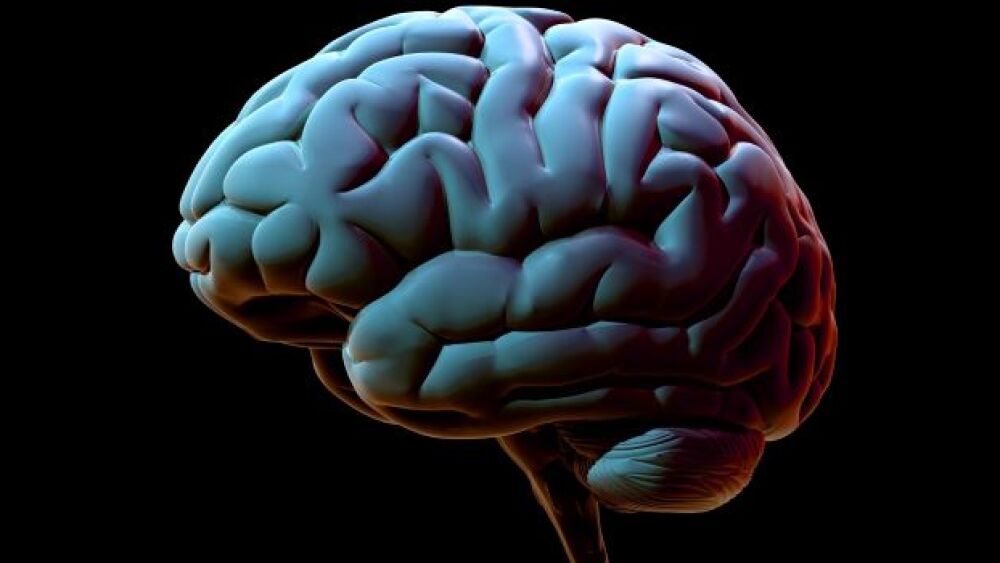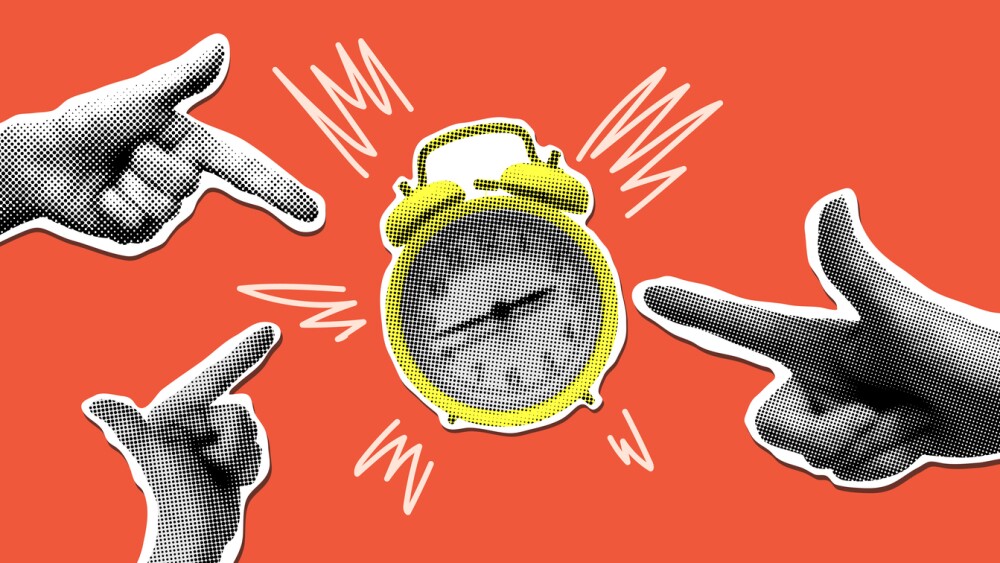This newfound ability to take tumor cells directly from a patient and incorporate them into a more clinically accurate glioblastoma model could lead to greater patient personalization in cancer therapeutics.
Living inside a dish, a network of blood vessels snakes through a labyrinth of brain cells: spindly astrocytes, hungry microglia, and delicate pericytes combined with glioblastoma cells, or brain cancer cells. It is a complex scientific mishmash that can now exist inside a laboratory – providing scientists with new tools to study one of the most fearsome cancers in the world.
Under Dr. Ronit Satchi-Fainaro at Tel Aviv University in Israel and recently published in Science Advances, researchers have developed such a 3D-bioprinted brain tumor model that more accurately represents the tumor microenvironment of glioblastomas. The most common primary brain cancer, Glioblastoma has a 5-year survival rate of less than 10%.
While much effort has focused on developing therapies for this disease, a major drawback is the lack of reliable models to test drug efficacy. This new 3D bioprinted glioblastoma model incorporates many previously unattainable elements of the brain that can allow for higher-throughput drug screening, therapeutic development and patient personalization.
The 3D-bioprinted glioblastoma model contains two main components: the main tumor model with several brain cell populations, as well as the internalized vascular model, which represents the blood network that snakes throughout the tumor. To create the main tumor model, different cell populations were embedded into biocompatible polymers or structures that act as support for cellular growth. Using 3D bioprinting, these cell-polymer mixtures were printed layer-by-layer to form a 3D brain-mimicking structure.
Optimizing the formulation of these polymers, combined with the several different brain cell sub-types that needed to be included for a more accurate and inclusive glioblastoma model, proved to be a challenge. “We needed all the rheology, or all the measurements that characterize the mechanical properties, to be similar to that of brain tissue – as opposed to a plastic, rigid petri dish,” Satchi-Fainaro said.
Excitingly, the researchers were also able to incorporate a sacrificial polymer to form a blood vessel network – creating a vascular system that imitates the blood-brain barrier. By connecting this 3D-bioprinted vasculature to a pump, different materials could be perfused, or spread, through the tumor model.
“Imagine a tube that is filled with a gel that contains endothelial cells and pericytes,” Satchi-Fainaro explained. “When we put it in the incubator, at 37 degrees Celsius, it [the interior of the tube] is sacrificial. The endothelial cells and pericytes remain as a tube that is hollow and we can flow through that tube other immune cells, peripheral mononuclear cells and different drugs. We can run the blood of the same patient whose tumor sample we took from the surgery room.”
Because the Satchi-Fainaro group’s glioblastoma model closely recapitulates the true tumor microenvironment, they were able to uncover key differences in tumor growth and drug response between glioblastoma cells taken from three different patients. Interestingly, when the three patients’ cells were separately grown in conventional 2D petri dish environments, the responses to drug treatment were almost identical. However, when the cells were separately incorporated into the 3D-bioprinted glioblastoma model, each patient’s cells responded differently to the drug. This was also seen in the clinic. In real life, each patient demonstrated a different drug response and survived for different periods of time.
“We know that the cells do not behave similarly,” Satchi-Fainaro said. “Growing the cells on plastic [as in 2D petri dish models] forces them to behave similarly. However, in the 3D model, we see that each one retains its properties as it was in the brain because it has the same conditions and continues to interact differently with cells in the microenvironment.”
This newfound ability to take tumor cells directly from a patient and incorporate them into a more clinically accurate glioblastoma model could lead to greater patient personalization in cancer therapeutics, said Satchi-Fainaro. In the future, she hopes to create a high-throughput pipeline where patient cancer cells are used to rapidly generate 3D bioprinted models that can then be used to screen viable anti-cancer drug candidates. The goal, then, would be to determine which drug candidate would be most effective for the patient – and then to start the patient on that specific treatment course. Here, rather than using the patient as an experimental dartboard for various therapies, the 3D-bioprinted glioblastoma model would serve as an initial strategy to inform patient treatment, hopefully leading to greater therapeutic success.
Beyond patient personalization, Satchi-Fainaro also envisions this platform being used as a drug discovery method. Specifically, the researchers found that P-selectin inhibitor, a drug that targets an adhesion molecule known to be involved in glioblastoma progression, demonstrated significant inhibition of cancer cell growth in the 3D bioprinted tumor model as well as in a mouse model of glioblastoma. However, in 2D culture models, P-selectin inhibitor was not seen to have an inhibitory effect on cancer cell growth.
“In vitro, when we grow the cancer cells on a petri dish [2D model], the cells did not express and secrete this protein,” Satchi-Fainaro explained. “In glioblastoma patients, animal models and our 3D models, the protein is expressed. In normal brains, the protein is never there.”
Had the researchers just used the 2D culture model, according to Satchi-Fainaro, they might have missed this promising therapeutic target. “You can either go with a drug that completely does not fit the human/clinical scenario, or the opposite – you will miss one that is a promising drug and think that it is useless.”
Satchi-Fainaro’s laboratory has already begun to expand its 3D-bioprinted tumor model to include other cancers, like breast cancer.
“With breast cancer, you can do double mastectomy – like if you have the BRCA mutation, as with Angelina Jolie and others. But imagine how primitive that sounds,” she said. “Before penicillin, you would amputate the organ around ten centimeters above the infection. Today, we cannot even imagine something like that.”
This, then, is where the 3D bioprinted tumor model can change the course of cancer treatment. Being able to grow hundreds, maybe thousands, of clinically accurate tumor models inside a laboratory would provide scientists with a previously unparalleled understanding of how cancer affects the human body. And, importantly, it would allow for discovery, testing and validation of newer and better drug candidates to inhibit these cancers.
“When we do a double mastectomy, hysterectomy or ovariectomy, we take out the organs, which is terrible,” Satchi-Fainaro continued. “Today, we accept this, but in 20 or 30 years, who knows? Maybe we will not accept it anymore, because we will design much better and more specific drugs that can not only treat but also prevent these cancers.”





